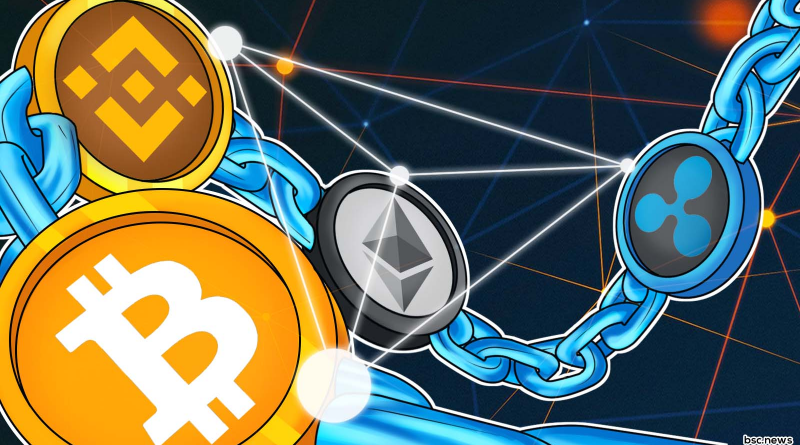Cross-chain DEX: a comprehensive functional evaluation
Cross-chain bridges are intimately related to the emergence of blockchain technology. There has been enormous expansion and development of all types of networks in recent years. Currently, there are dozens or even hundreds of major and secondary blockchains. Each blockchain has its own benefits and drawbacks, making them uniquely distinctive. In addition, each network has its own algorithmic and regulatory framework. Due to incompatible technological standards, it is not possible to operate a single exchange or decentralized application on many blockchains. The same service must be replicated.
Similar token-related behaviors may be seen in several networks. Through the blockchain, a token cannot be moved directly from one network to another. But what should the average user do? It is impossible to utilize a single blockchain continually due to the diversity of networks and their functioning, which are suited to various aims and purposes. Ongoing demand exists for the use of many cryptocurrencies on various networks. How do you make a trade? Cross chain DEX eliminates the problem. Let’s examine these services in further detail.
What are cross-chain bridges exactly?
Cross-chain bridges are services within the decentralized finance (DeFi) industry that facilitate the movement of bitcoin between several blockchains. The only option for such an interchange is a bridge. You cannot, for instance, move bitcoin to another blockchain on a decentralized exchange. There, every transaction takes place inside a single network.
However, regulated exchanges provide an alternative kind of cross-chain transaction. They lack an understanding of cross-chaining. You have unrestricted access to any asset and may exchange them in almost any quantity (if there is an appropriate trading pair). All of this, however, occurs on CEX exchanges inside the exchange’s algorithms and in the presence of middlemen. In actuality, these transactions take happen “outside” of the blockchain. The bridge is the sole method for exchanging bitcoins on the blockchain.
How do you make a trade?
The bridge interface mirrors that of any cross-chain DEX exchange in general. You choose the blockchain, currency, and blockchain on which your asset will be stored. Connect the wallet and, if required, identify the wallet of another blockchain to receive money. Following that, the trade occurs.
Due to bridge algorithms, however, swaps for them might take a very lengthy time. In addition, there is a possibility of a delay of several days.
Where can the bridge be found?
Each bridge specializes in its own blockchains and cryptocurrency pairings. Therefore, you may use a bridge aggregator. On the DeBridges website, around 65 distinct bridges are compiled in an understandable form.
If you need a trade from one blockchain to another, you may rapidly find the appropriate choice on this aggregator. Choose two or more blockchains from the list on the site of the aggregator, and bridge options will appear directly below.
Atomex – a basic wallet with a built-in hybrid atomic swap exchange – is always an option if you want to perform quick and secure exchanges, for example, WBTC to ETH.
Cross-chain bridges and their capabilities
Cross-chain bridges are thus one-of-a-kind services that act as communication routes for the whole blockchain. By bridging networks with diverse functionality and structure, they allow anybody to cooperate with any blockchain, regardless of its compatibility.
